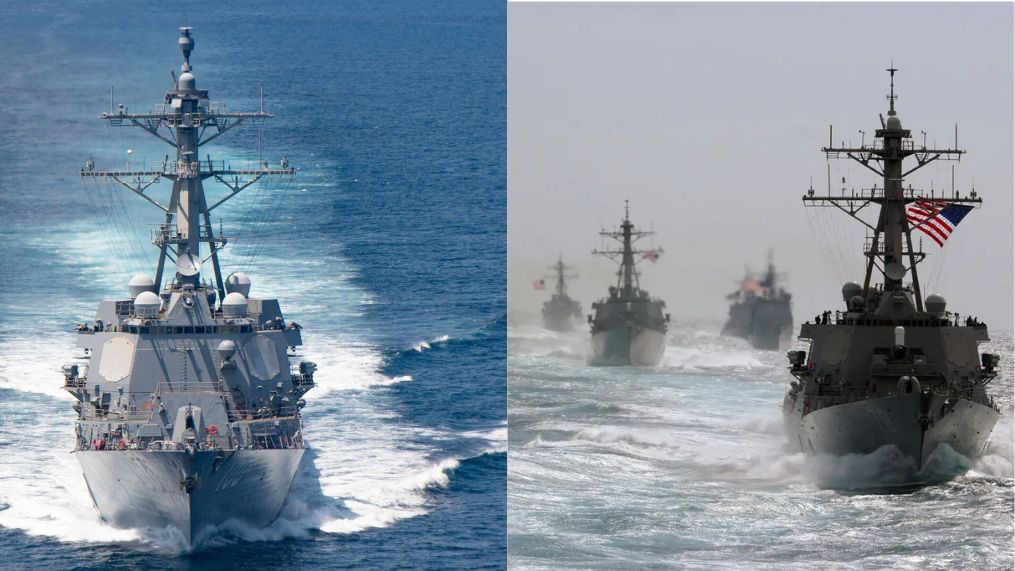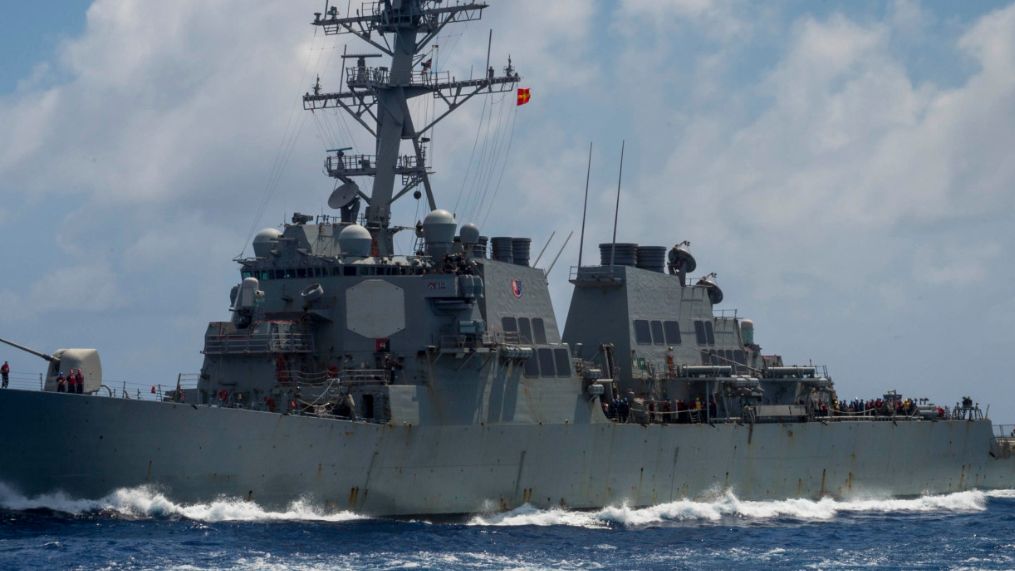A U.S. warship’s passage through the Taiwan Strait incites Beijing’s anger just ahead of Taiwan’s President-elect Lai Ching-te’s inauguration.
The strait, disputed by China, is considered an international waterway by Taiwan and the U.S. Routine naval transits occur monthly, but the timing of this voyage heightens tensions.
China denounces the passage, labeling Lai as a separatist and warning of heightened surveillance. Taiwan’s defense ministry reports no unusual activity, reaffirming its sovereignty stance and the right of its people to determine their future.
Amidst escalating tensions, Lai’s repeated offers for dialogue with China have been rebuffed. Taiwan remains vigilant against potential Chinese military maneuvers before and after the inauguration.
In recent years, China has increased military activities around Taiwan, including flying warplanes over the strait’s median line, which serves as an unofficial buffer zone.

Taiwan’s defense ministry detects four Chinese aircraft crossing this line near the Penghu islands, home to a major air base.
The U.S. Navy describes the warship’s transit as routine, emphasizing the freedom of navigation in accordance with international law.
China’s military counters with surveillance and warnings, pledging to defend national sovereignty and regional stability.
The passage underscores ongoing tensions between the U.S., Taiwan, and China over the contested maritime territory.
While the U.S. and Taiwan assert the strait’s international status, China continues to assert its sovereignty over Taiwan, rejecting the island’s autonomy.
As Taiwan prepares for a new presidency, the geopolitical dynamics in the region remain volatile, with the potential for further escalation in military activities and diplomatic tensions between the parties involved.





